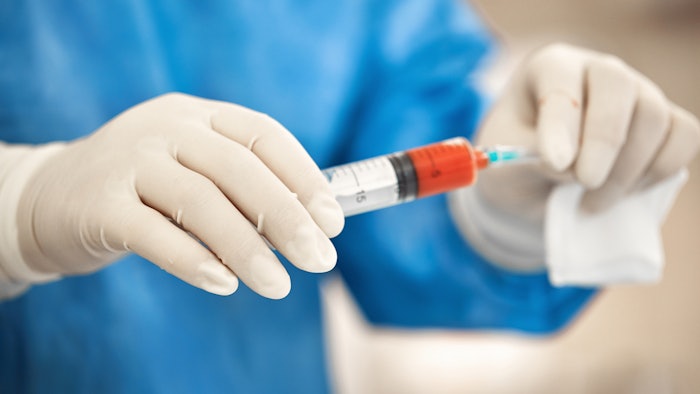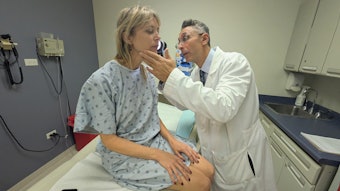
Plastic Surgery patients experiencing facial volume loss due to aging may be able to regain a more youthful appearance with the assistance of a fat transfer.
A fat transfer can be performed alone or in conjunction with a facelift to help assist patients with skin elasticity and regaining facial volume. When compared to fillers such as hyaluronic acids and others, a fat transfer to the face can give a better correction in one treatment and provide longer-lasting results than fillers.
Related: Facial Fat Grafting - A Step-by-Step Guide
"With a fat transfer, fat is commonly harvested from the lower abdomen by liposuction and is then injected into the face in the areas of volume loss," said Dr. Michelle Hardaway, board certified plastic and reconstructive surgeon at the Aesthetic Plastic Surgery & Laser Center in Farmington, Michigan. "The harvested fat is injected like fillers (hyaluronic acids like Juvéderm or Restylane) to correct the volume loss most commonly found in the cheeks, midface, nasolabial folds and lips. The results include increased skin elasticity and fuller volume in the face, allowing for smoother and younger looking skin."
Patient results have shown that at least 40% to 50% of the fat that is injected survives and can be enhanced with PRP (platelet rich plasma). Dr. Hardaway has found that patients who avoid smoking and excessive caffeine have experienced enhanced fat survival and longer-lasting results.
"When comparing a facial fat transfer with standard fillers there are the expected pros and cons for each," stated Dr. Hardaway. "Patients will usually experience more initial postoperative swelling with fat transfers as compared to fillers. Fat transfer has a longer-lasting result, but a surgical procedure is needed to harvest the fat. With fillers, multiple syringes of product are often needed for adequate correction and the patient may need supplemental treatment every one to two years."











